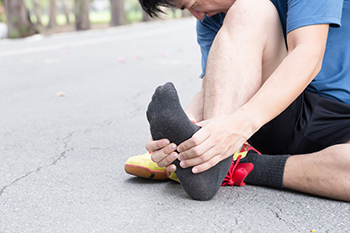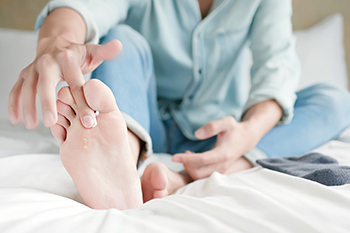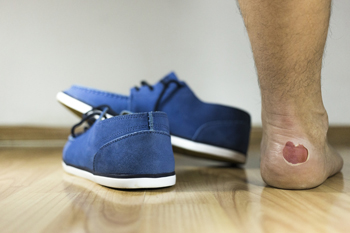
As we age, maintaining a safe and secure home environment becomes paramount to prevent falls, which can lead to serious injuries. Implementing simple fall prevention techniques can significantly enhance the safety and independence of seniors living at home. An effective technique can be to remove clutter. This can help to eliminate tripping hazards, ensuring clear pathways throughout the house. Placing sturdy handrails in hallways and staircases, and installing grab bars in bathrooms can provide adequate support and stability. Having good lighting will brighten up all areas, especially stairways and entrances, that can improve visibility and reduce the risk of missteps. Using non-slip mats or adhesive strips to secure rugs can be helpful in preventing accidental slips. Empowering aging individuals with these fall prevention techniques ensures they can continue to enjoy their independence and live comfortably in their own homes for as long as possible. It is suggested that you confer with a chiropodist who can give you additional methods on how to prevent falling.
Falls are a common but preventable problem for older adults. If you would like to learn more about preventing falls, please consult with one of the chiropodists from The Footcare Centre. Our chiropodists can help you maintain the health of your lower limbs and your mobility.
Did you know that most falls occur in the home? Fortunately, there are many simple changes that you can make to the living environment to reduce the risk of falling.
In the Bathroom:
Install grab bars near toilets, bathtubs, and showers
Put non-skid mats on all surfaces that may get wet
In the Bedroom:
Keep a light near the bed so that you can easily turn it on if you have to get up at night
Keep the path from your bedroom to the bathroom clutter-free and well-lit
Consider installing a bed rail for added support
In the Kitchen:
Use non-skid mats
Wipe up any spills immediately
Move commonly used items to areas that are easily within your reach
In the Hallways:
Place handrails on both sides of the stairs
Install good lighting in the hallways and around the entire home
Keep hallways free of clutter
Don’t use throw rugs or small area rugs
In Other Living Areas:
Keep loose cables, cords, and wires near the wall and away from walking surfaces
Make sure that all carpets and rugs are secure firmly to the floor
Arrange your furniture so that it is not in your way when you walk
Use chairs and couches that you can easily get up from
If you have any questions, please feel free to contact our office located in . We offer the newest diagnostic and treatment technologies for all your foot care needs.





